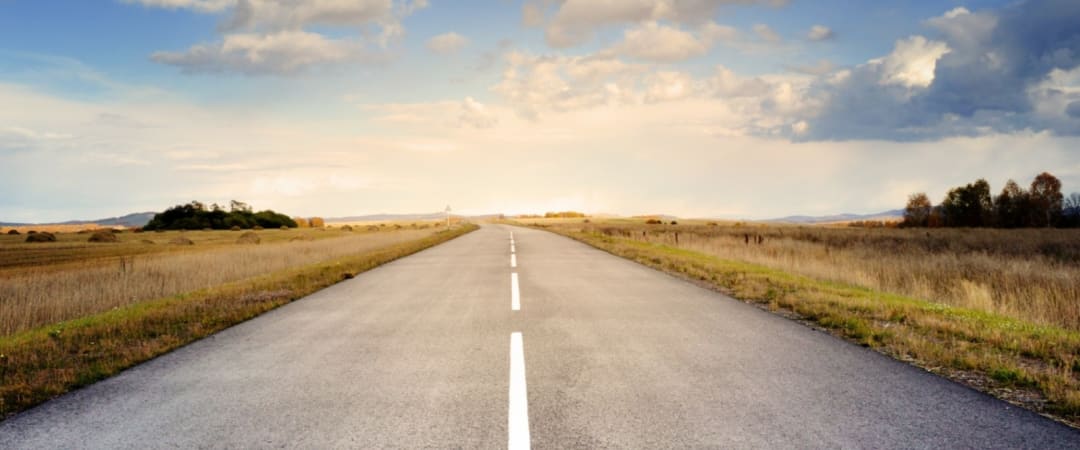Key figure of the week: soil artificialisation

Soil artificialisation in France
Sources : Figure 1 /Figure 2 /Figure 3
Go to our website "Key figures"
Percentage of the territory built up
in 2020, in France
of the 5,078,852 hectares built up
are occupied by residences
of the 5,078,852 hectares built up
are used for transport and infrastructure
https://podcast.ausha.co/les-petits-ruisseaux-oieauIn France, soil artificialisation is on the rise due to the expansion of urbanisation and infrastructure. This process involves the conversion of natural, agricultural or forested land using development projects that may result in partial or complete waterproofing.
In 2020, 8% of French territory, or 5,078,852 hectares, was built-up. The majority of these artificialised areas were devoted to residences (46.5%) and transport infrastructure (32.5%). Commerce and services occupied 6.9% of these areas, while sport, culture and leisure accounted for 6.5%. Industrial activities covered 4.7%, agriculture and animal or plant production 1.9%, other uses 1.1%, and forestry 0.1%.Soil artificialisation impacts biodiversity and has consequences for water management, by compromising the natural infiltration of rainwater into the ground, increasing the risk of flooding and pollution.
Soil sealing has therefore become a major challenge for improving water resource management and combating the effects of climate change in France. This involves finding ways of restoring soil permeability in urban areas, for example by using Nature-based Solutions.
With this in mind, the "Les Petits Ruisseaux" podcast devoted its first episode to the "Plan Pluie" of Greater Reims, an initiative aimed at effectively managing rainwater and encouraging the desoiling of soils. This innovative approach could serve as a model for other regions seeking to mitigate the impact of urban development.




